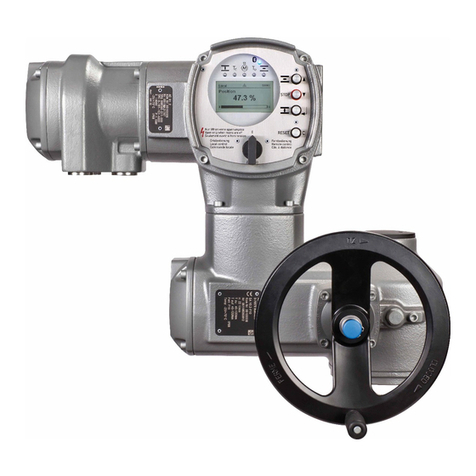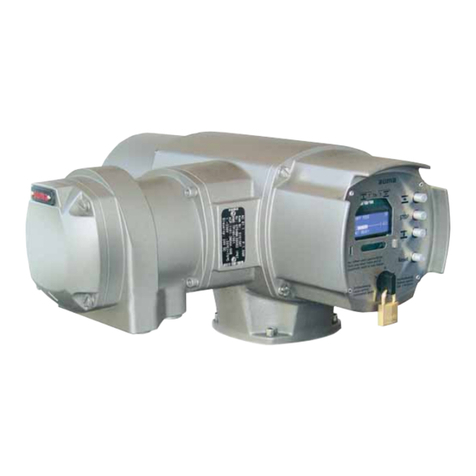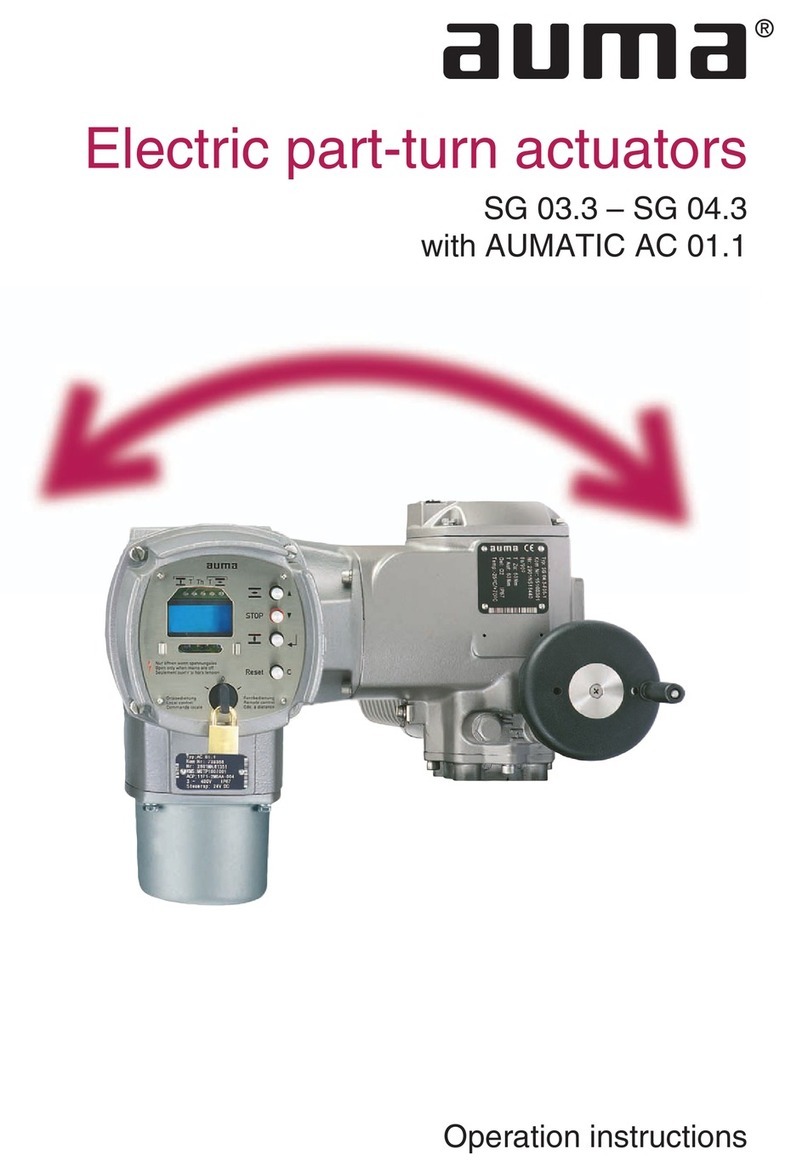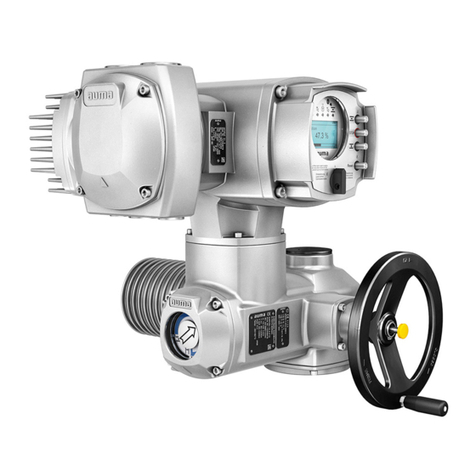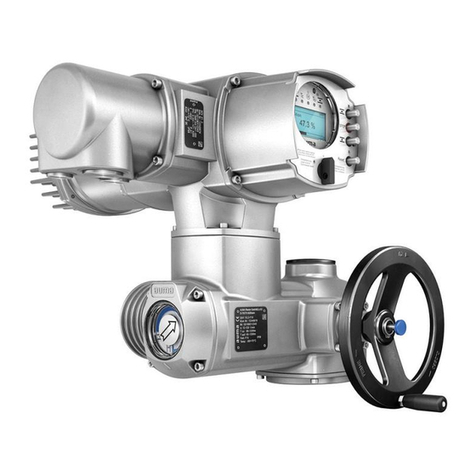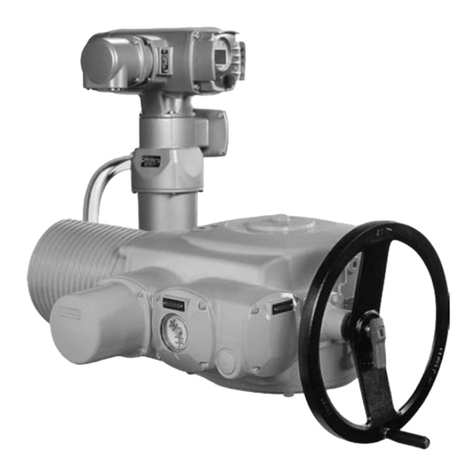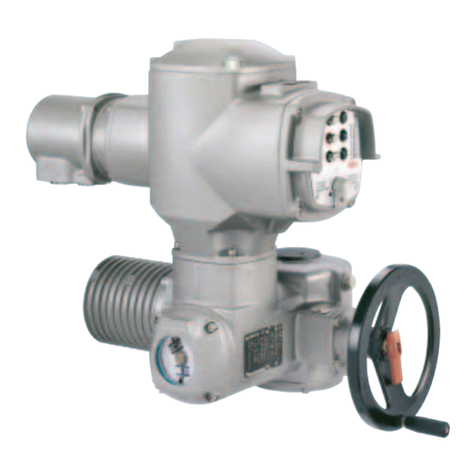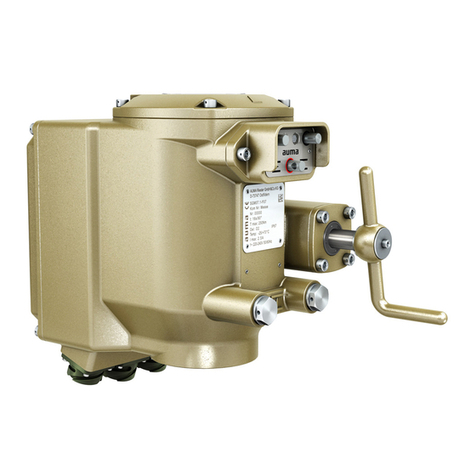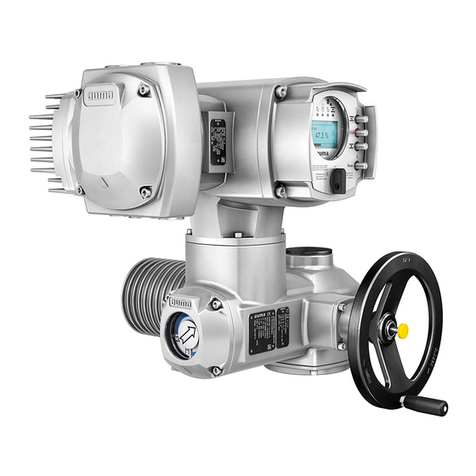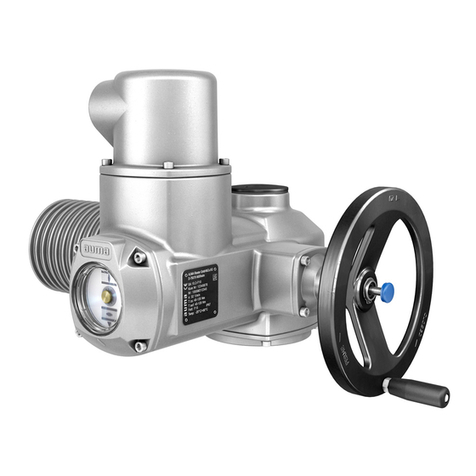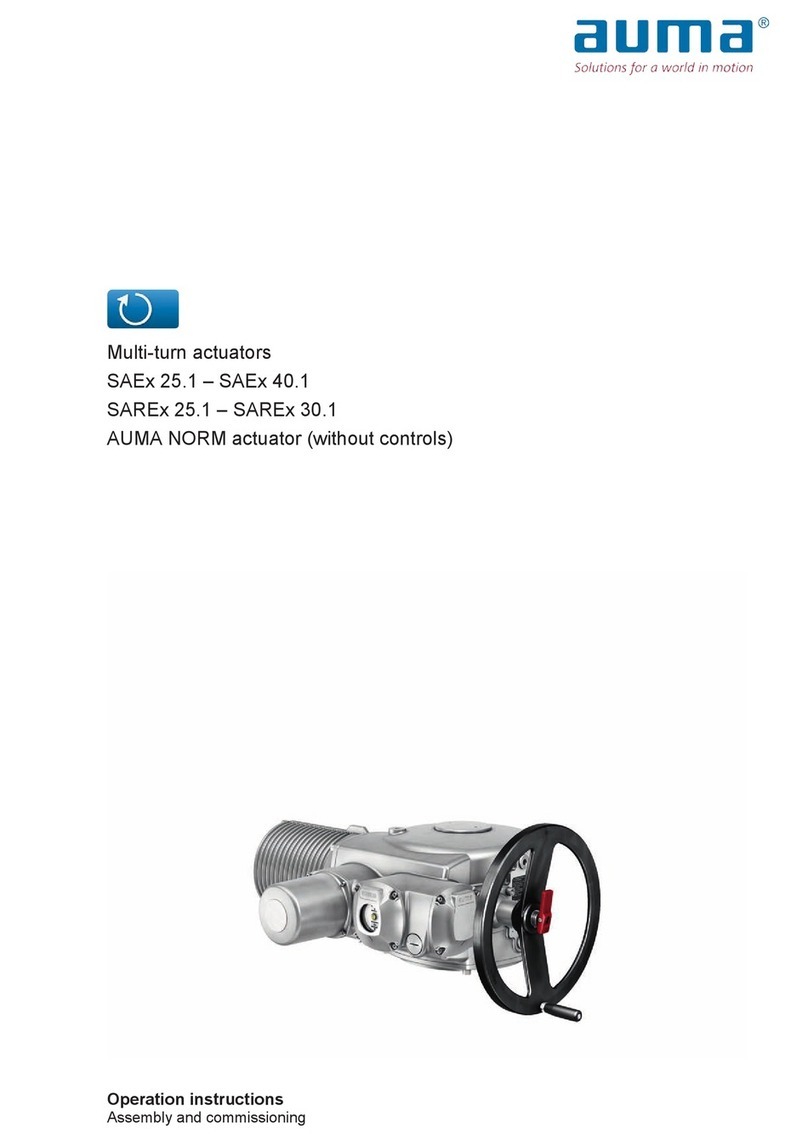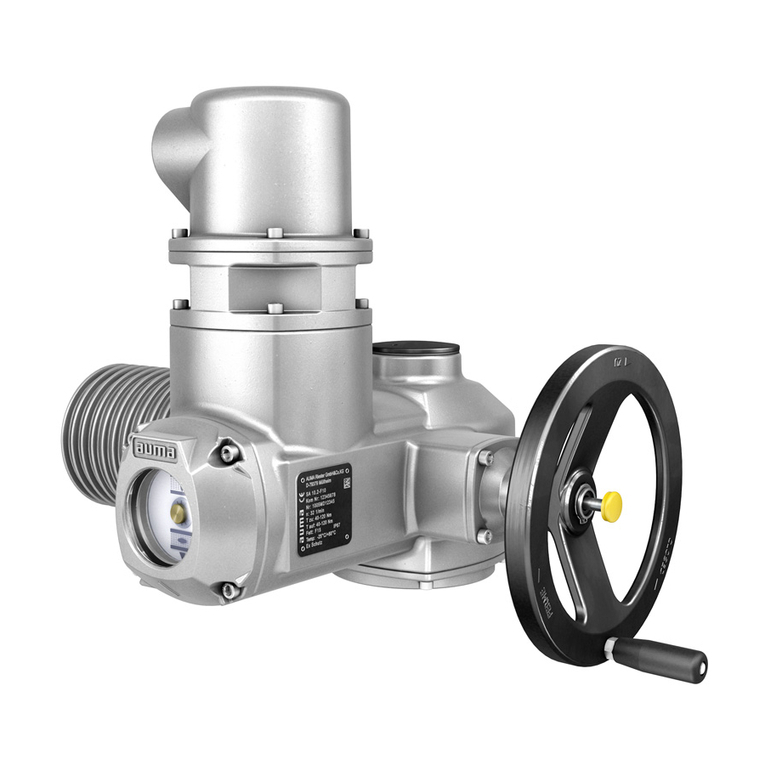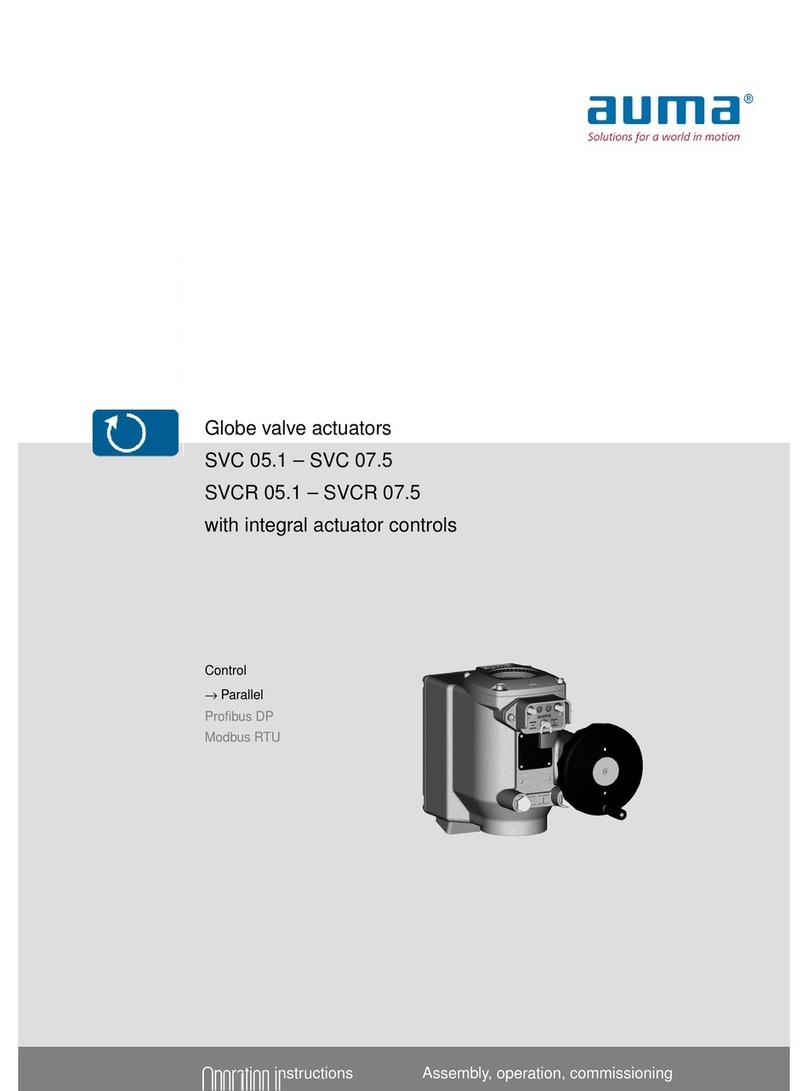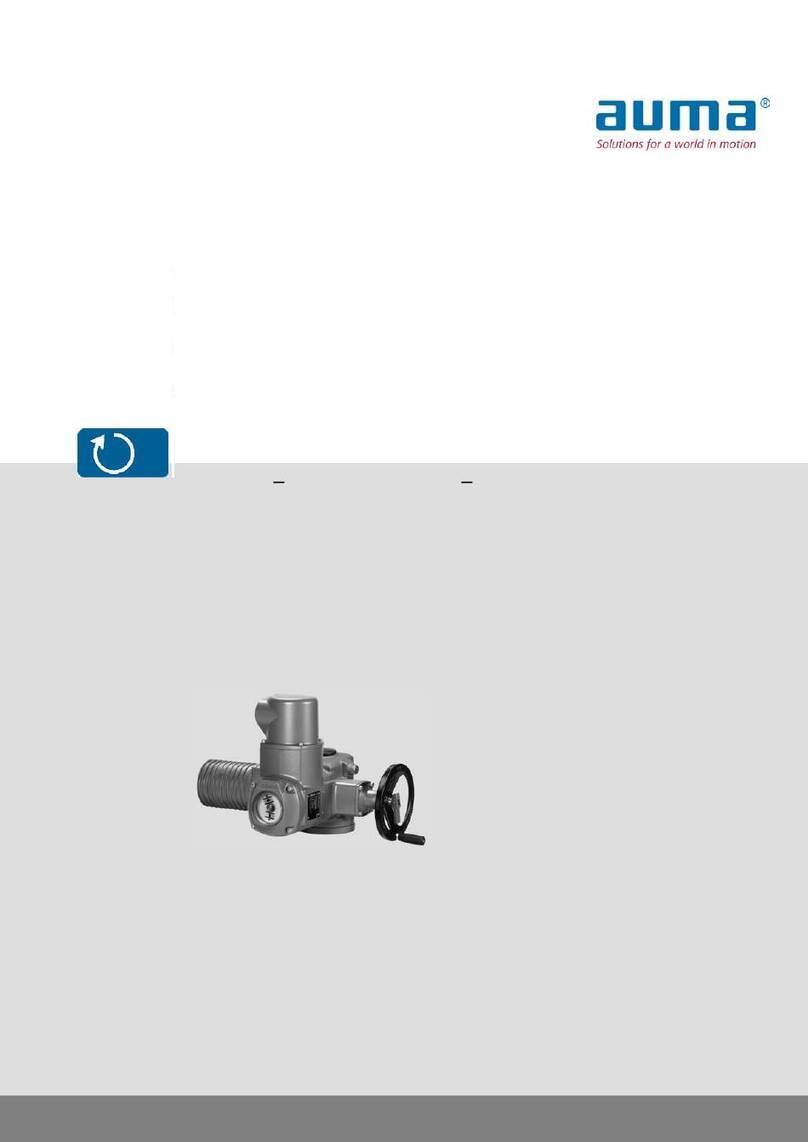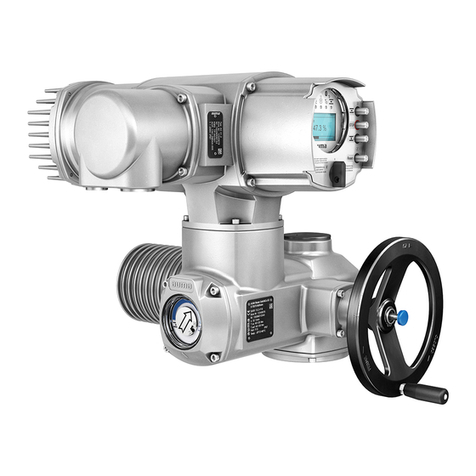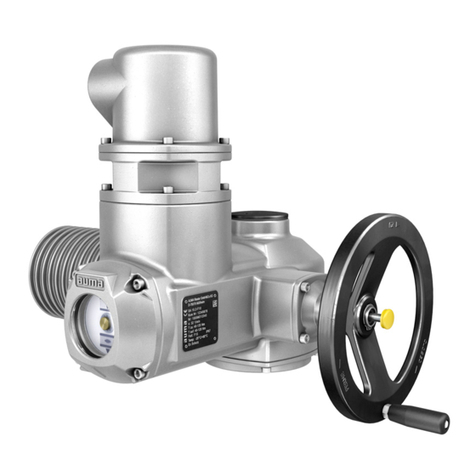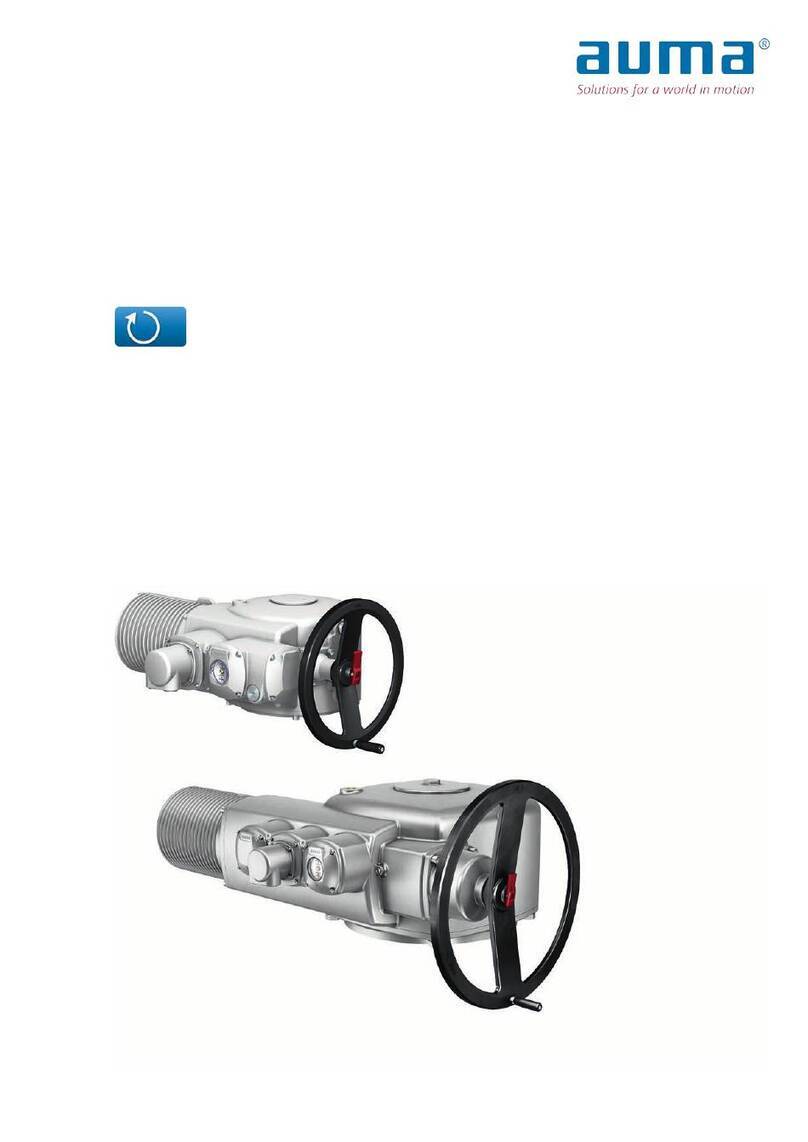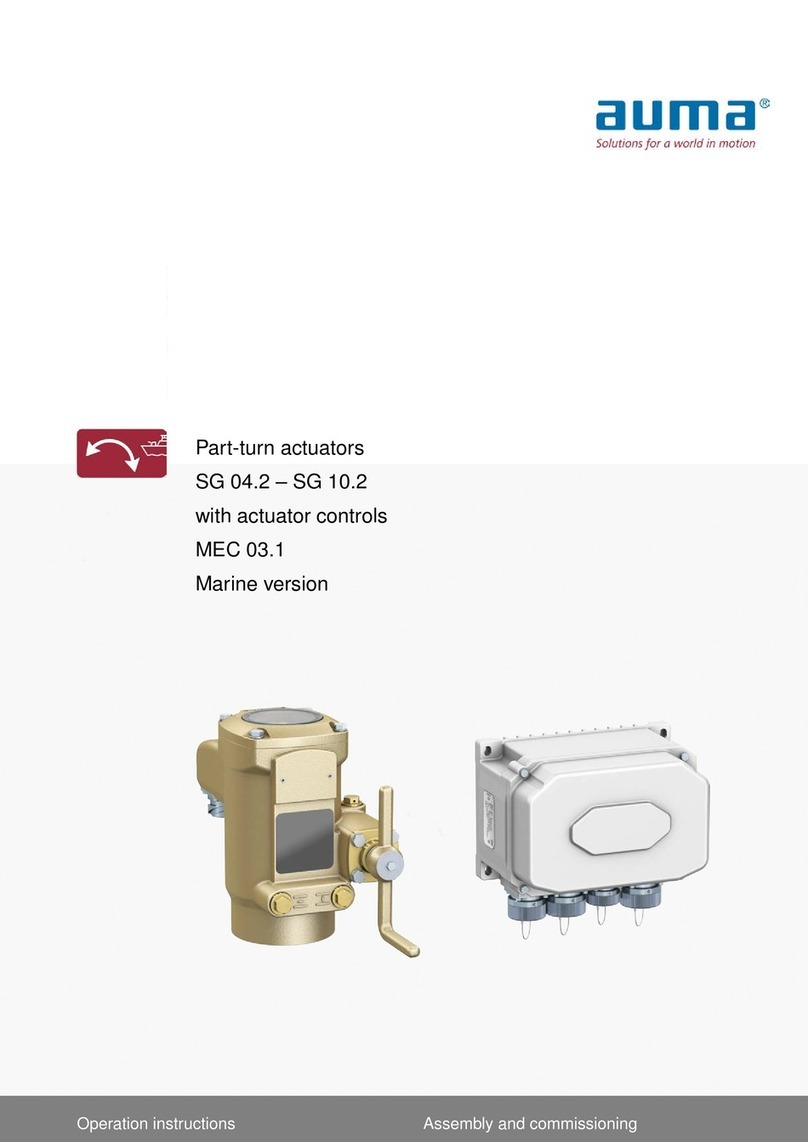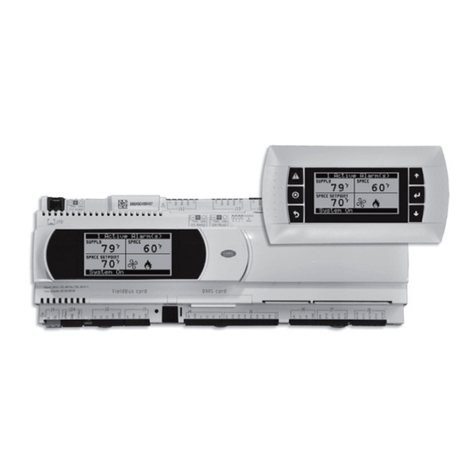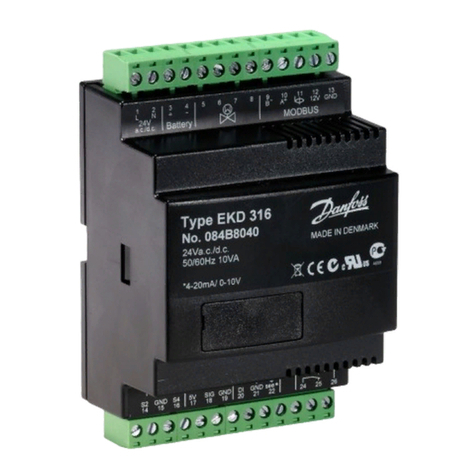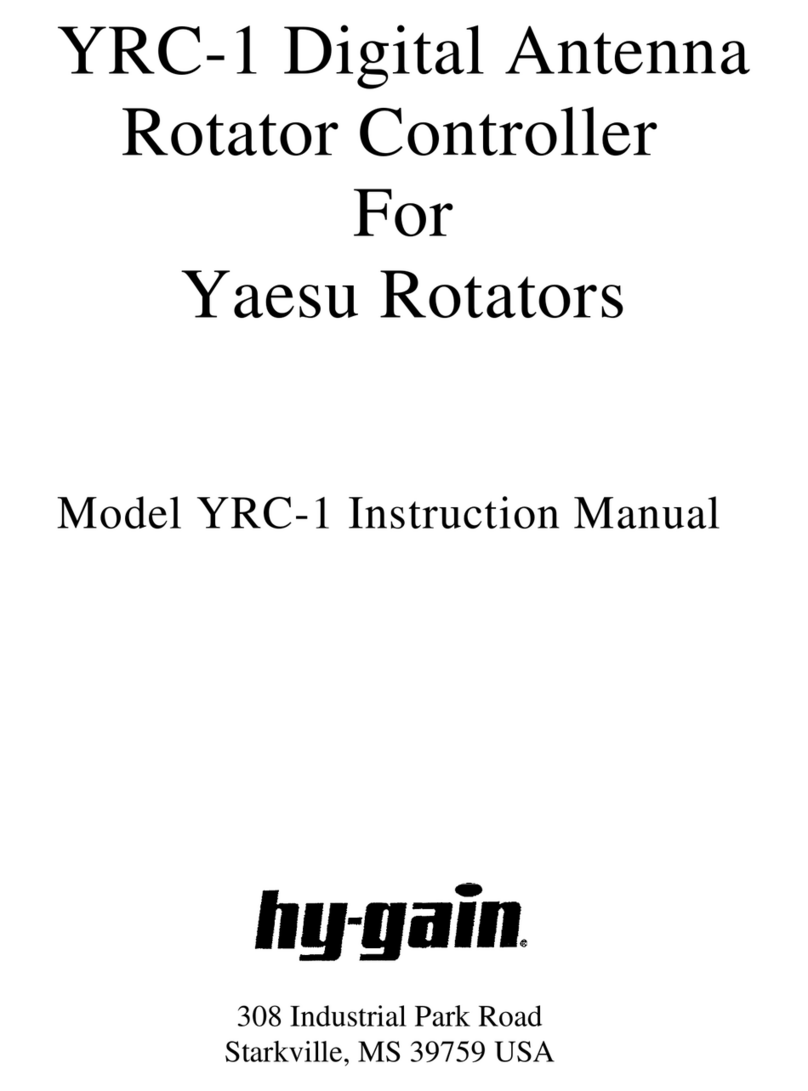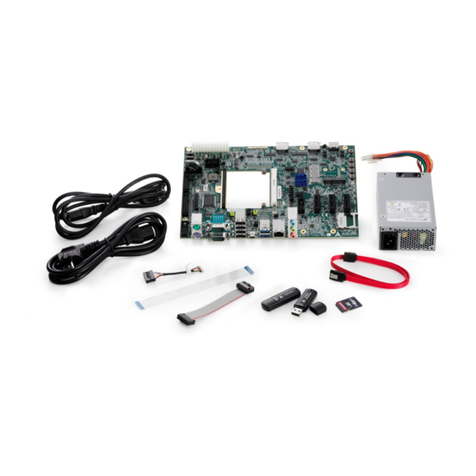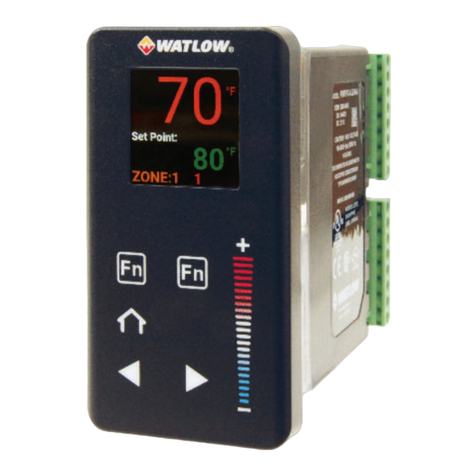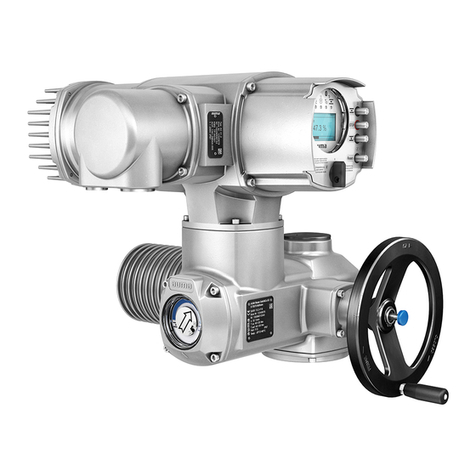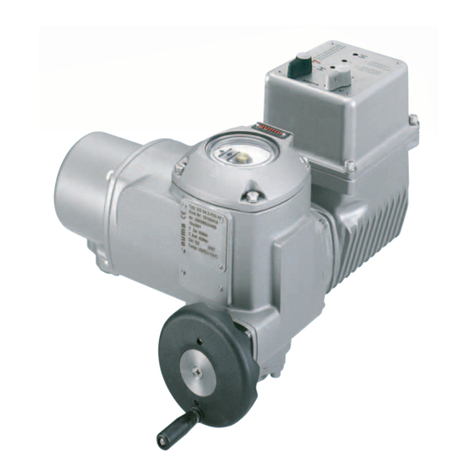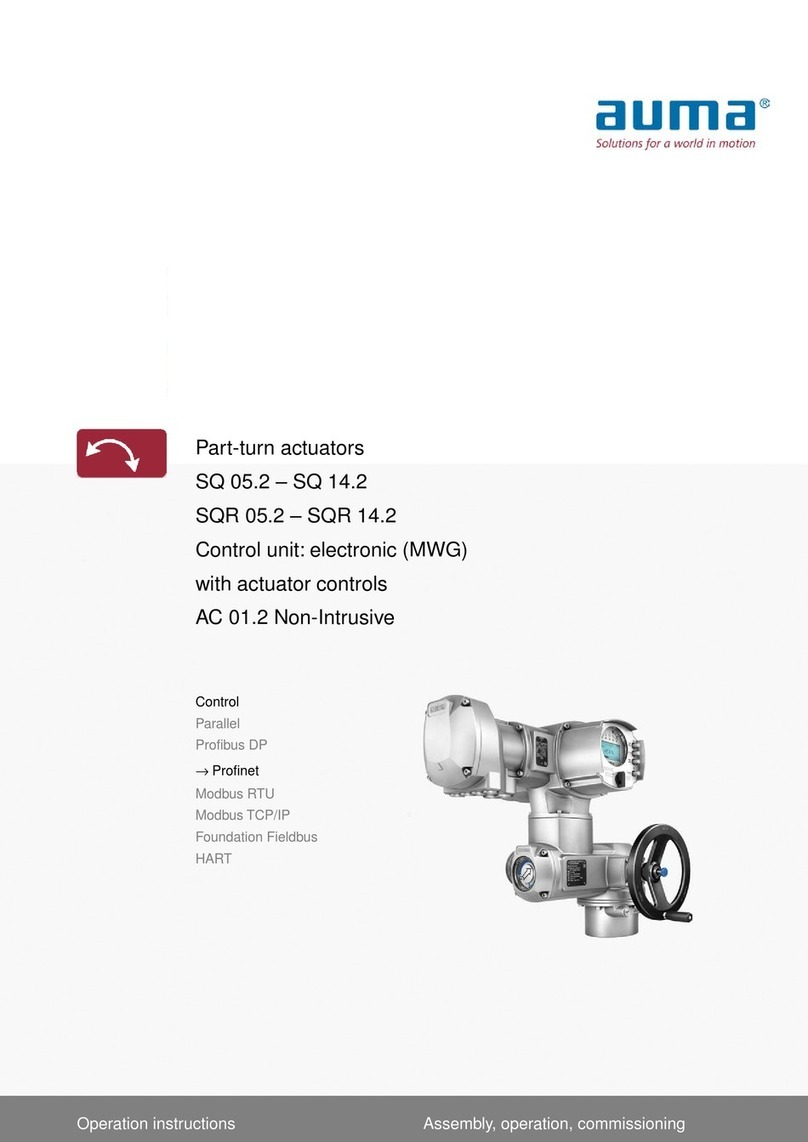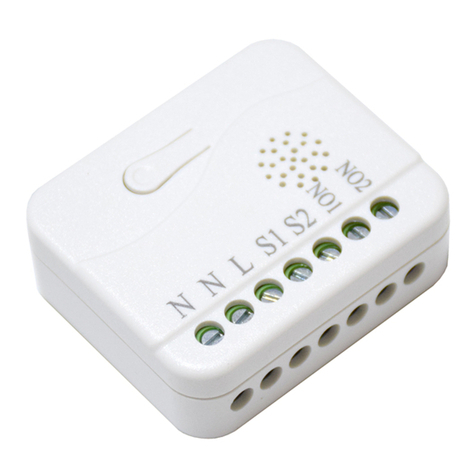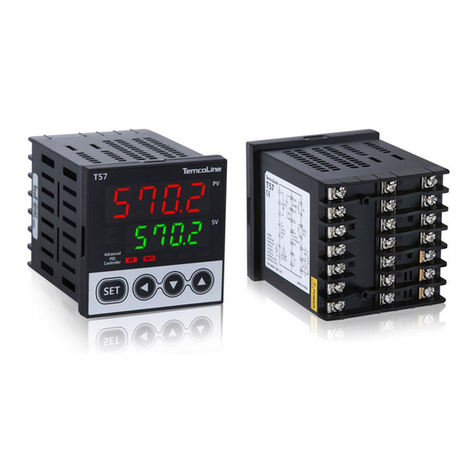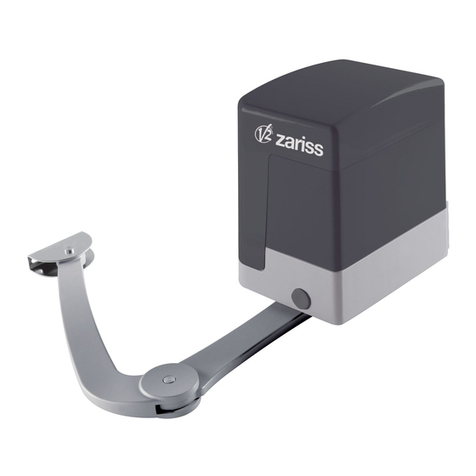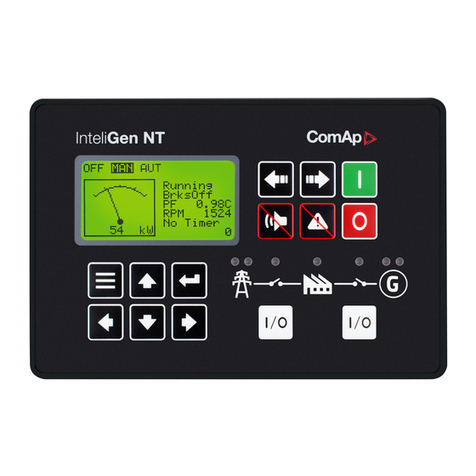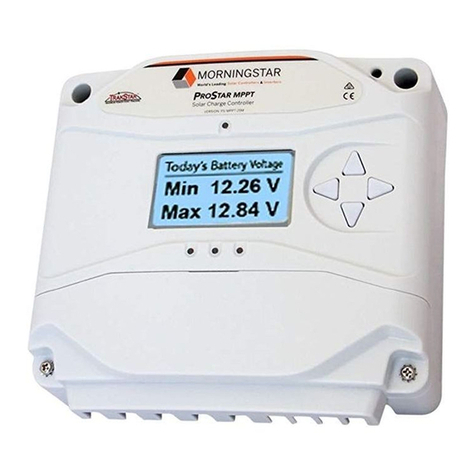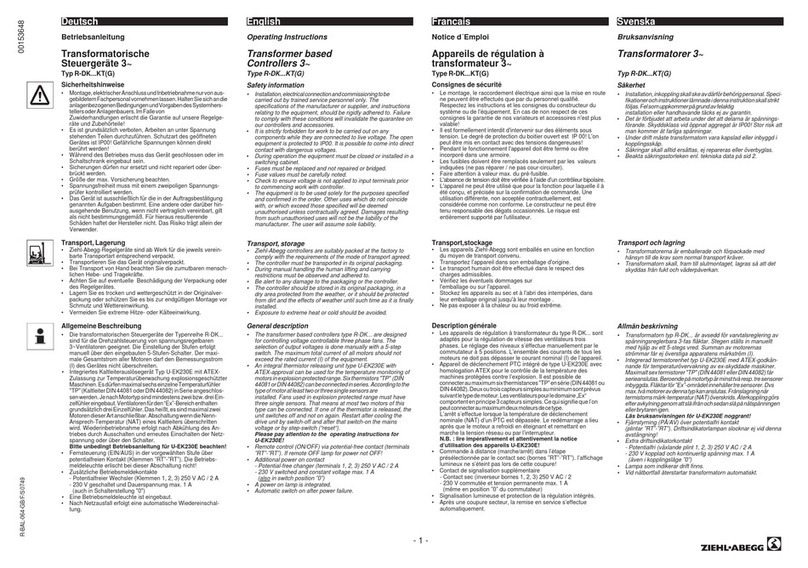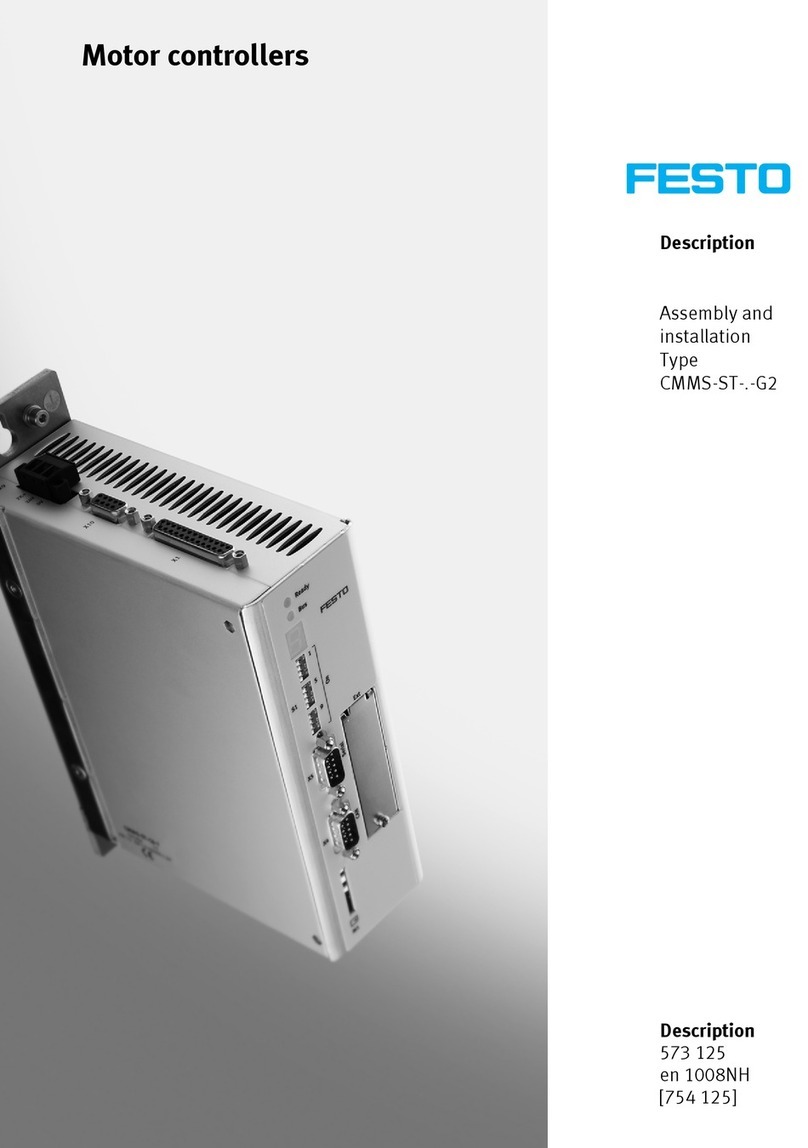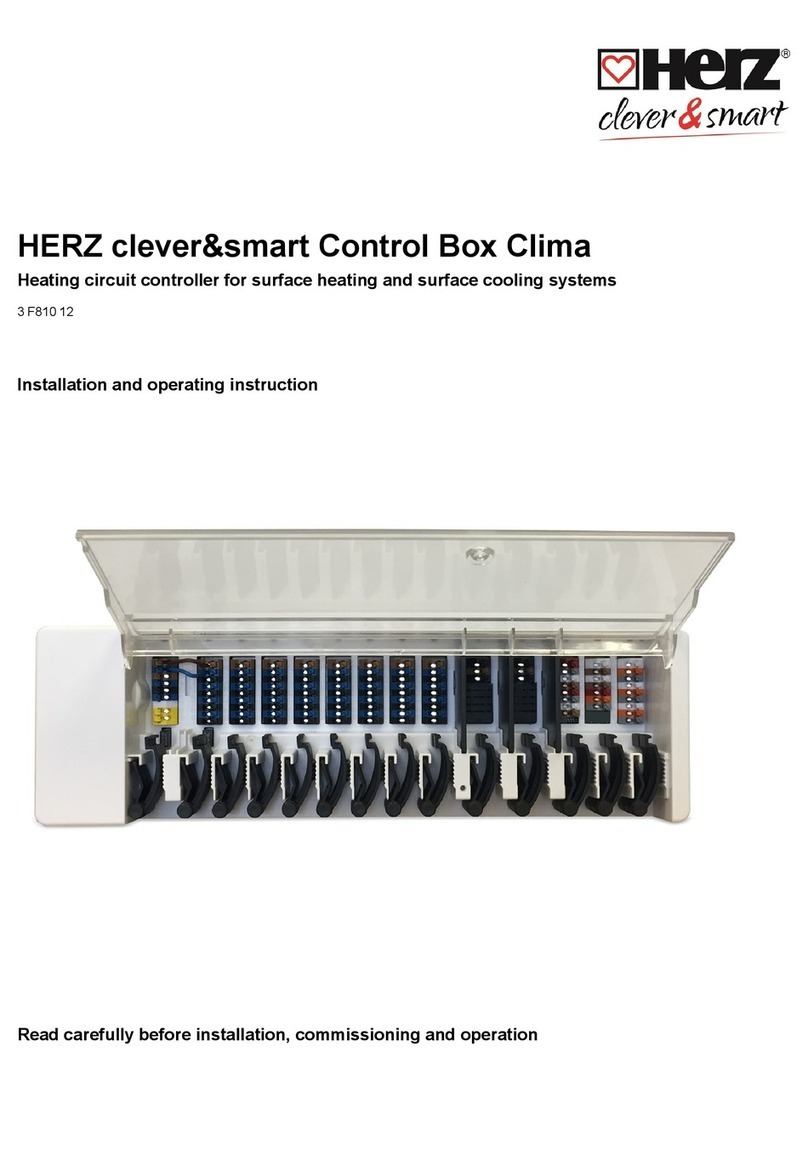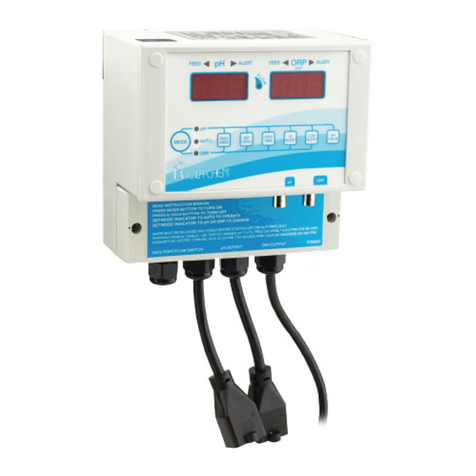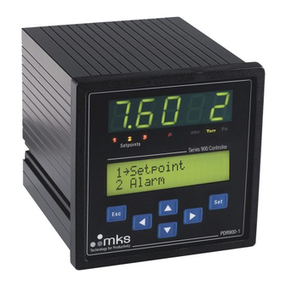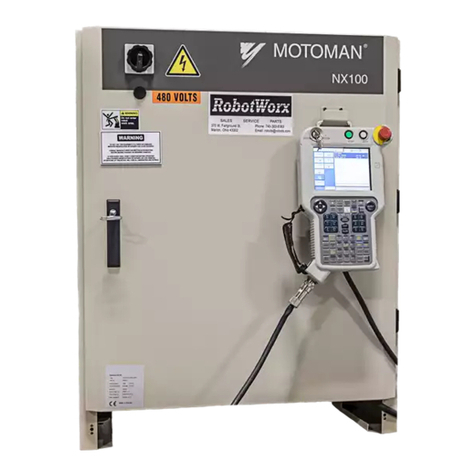
To meet these requirements, the Foundation Fieldbus needs a central communication
control system (Link Active Scheduler = LAS).
2.4.1. Link Active Scheduler - LAS
A field device performing the Link Active Scheduler (LAS) function controls and
schedules the bus communication. It controls all bus activities by means of specific
data telegrams that it sends to the available devices.Since the LAS also continuously
polls unassigned device addresses, it is possible to connect devices during operation
and to integrate them in the bus communication.
Devices which can be used as LAS are called Link Master Devices (LM).Basic
devices (BD) do not have LAS capacity.
In a redundant system containing several link master devices, only one link master
takes over the LAS task.If the active LAS device fails, another link master device
will take over (fail-operational design).
The LAS ensures both updating and continuous transmission of the Live List to all
other Link Master Devices. If a device is removed from or added to the list, the LAS
transmits this change to all link master devices (broadcast message).This way, all
link masters have access to the current live list so that they can become the LAS
without any loss of information, if required.
2.4.2. Communication control
The communication services of the FF specification define both scheduled and
unscheduled data transmission.Time-critical tasks, such as the control of process
variables, are exclusively performed by scheduled services, whereas programming
and diagnostic functions are carried out using unscheduled communication services.
Scheduleddata transmis-
sion To solve communication tasks in time and without access conflicts, all time-critical
tasks are based on a defined transmission schedule.The pertaining definitions are
created by the Foundation Fieldbus system operator during the configuration of the
FF system.
The LAS periodically broadcasts a time synchronisation signal (TD:Time Distribution)
on the fieldbus so that all devices have exactly the same data link time.In scheduled
transmission, the point in time and the sequence of data telegrams are defined in
detail.
For this reason, the FF H1 system is also called deterministic fieldbus system.
For each action to be performed (e.g. execution of a function block or transmission
of a process value), a defined period is added to the schedule.Based on this
schedule, a transmission list is generated which defines when a specific field device
is prompted to send its data.Upon receipt of a special trigger telegram (CD:Compel
Data), the respective device (publisher) broadcasts the data in the reception buffer
of all devices which are configured to receive this data (subscriber).
This type of transmission is therefore called the “publisher-subscriber”method.
Unscheduled data trans-
mission Device parameters and diagnostic data are typically only transmitted when needed,
i.e.on request.The transmission of this data is not time-critical. For such
communication tasks, the Foundation Fieldbus offers unscheduled data transmission.
Permission for a certain device to use the fieldbus for unscheduled communication
tasks is granted by the LAS device, provided that no scheduled data transmission
is active.
Every device may use the bus as long as required until it either returns the bus
access right (token), or until the maximum granted time to use the token has elapsed.
Unscheduled transmission offers two data transmission methods:“Client Server”to
adapt device settings, configuration upload/download of diagnostic data as well as
"Report Distribution" to send alarms.
2.4.3. Services
The Fieldbus Access Sublayer (FAS) and the Fieldbus Message Specification (FMS)
layer form the interface between the data link layer and the user application (refer
to figure 2).The services provided by both FAS and FMS are invisible for the user.
10
Actuator controls
General information regarding Foundation Fieldbus AC 01.2/ACExC 01.2 Foundation Fieldbus




















